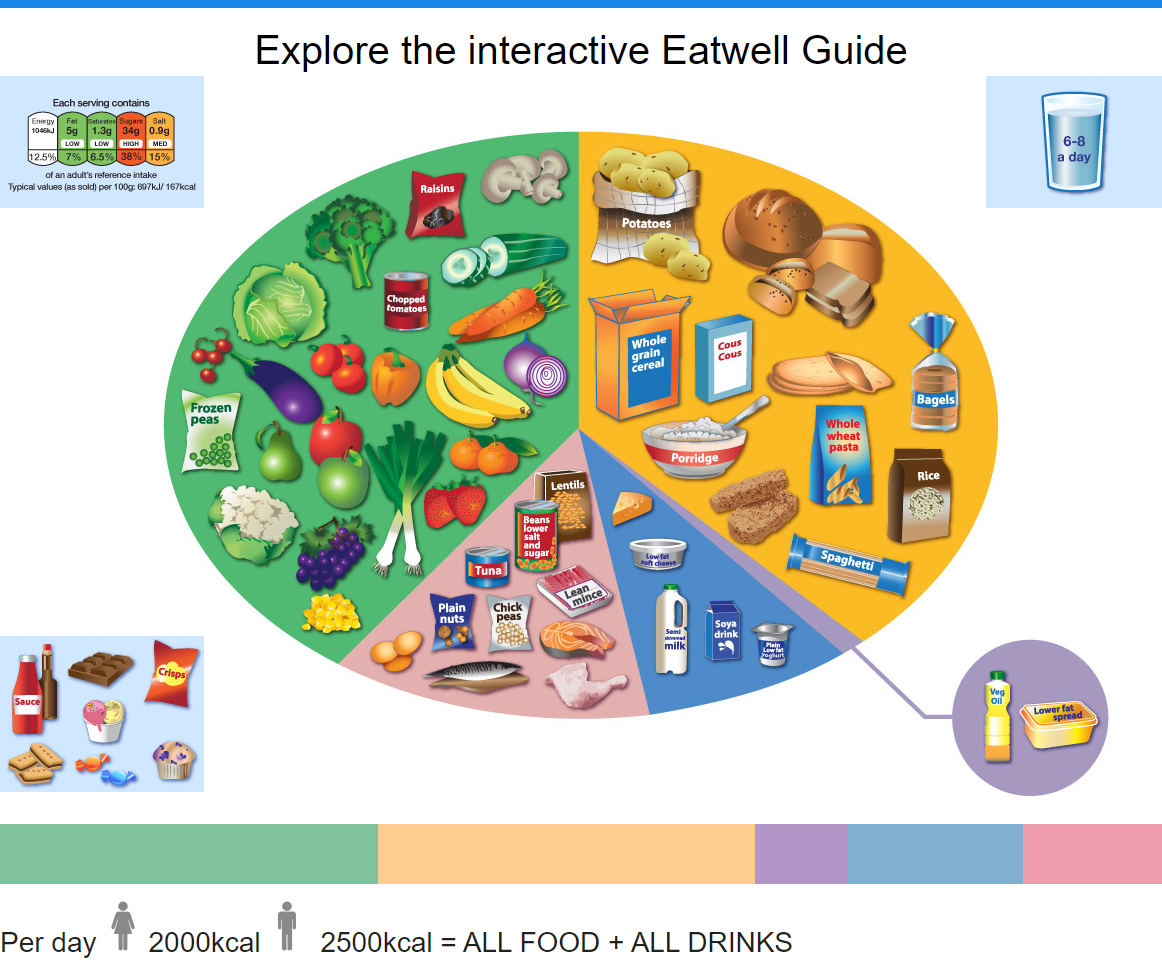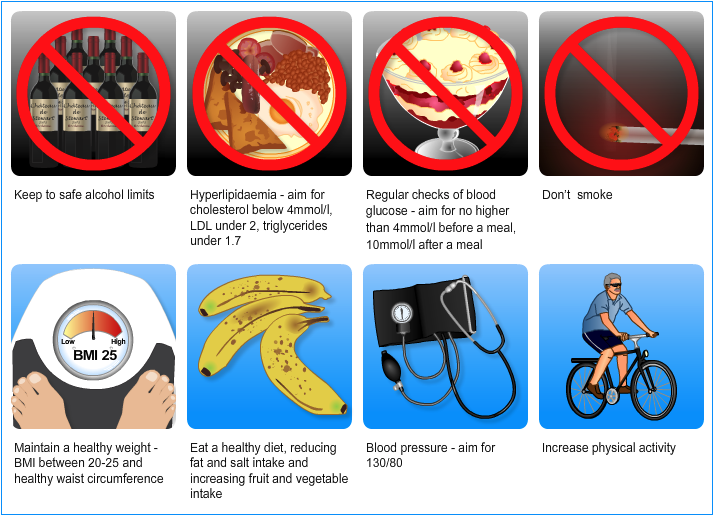- A systematic review brings together a body of evidence focused on a clearly defined research question.
- It identifies all relevant research, appraises the quality, and synthesizes evidence into one document.
- A high quality systematic review brings together evidence in a way which is explicit and reliable.
- The type of systematic review will depend on the research question which is asked. Systematic reviews might synthesise qualitative research, clinical studies or might include a mixture of research studies.
- A systematic review of RCTs provides the best evidence to answer a question about the effect of a treatment.
Category: Topic Loops
Evidence
- Evidence in its broadest sense includes everything that is used to determine or demonstrate the answers to our clinical questions.
- Evidence based stroke care aims to apply the best available evidence gained from high quality research to help us make clinical decisions about stroke care.
- One small study, even if well-designed, may not provide enough evidence to support a clinical decision.
- A body of evidence can be built up from a number of research studies which have all answered the same question.
- Often the results of similar studies are viewed together within a systematic review.
Diet Quiz
Q. Select true or false for each of the options listed below.
More information
The eatwell plate quiz
Q. The eatwell plate illustrates the types and proportions of foods we should eat to achieve a balanced diet. It is based on the five food groups.
The eatwell plate
Q. The eatwell plate illustrates the types and proportions of foods we should eat to achieve a balanced diet. It is based on the five food groups.
Eating for health

In order to ensure that the advice we give is consistent and correct, the eatwell plate is the recommended resource to use when giving healthier eating advice.
Diet
Diet and secondary prevention of stroke
- Scotland’s diet is a major cause of poor health in the country.
- The Scottish diet is traditionally high in fat, salt and sugar, and low in fruit and vegetables.
- Scottish Government (2018) A healthier future: Scotland’s diet and healthy weight delivery plan. This plan sets out ways Scottish Government will work with partners in the public and private sector to help people make healthier choices about food.
- The risk of having a second stroke can be reduced by modifying life style factors. It is the interaction between cholesterol, high blood pressure and smoking that creates the biggest risk.
- Diet has an important role in reducing the risk of second strokes and improving the management of hyperlipaemia, diabetes and hypertension.
- Evidence suggests that high salt content, low fruit and vegetable intake and high alcohol consumption increases the risk of stroke.
- A fifth of men (20%) and a quarter of women (24%) in Scotland consume the recommended amount of five or more portions of fruit and vegetables per day.
- Being overweight increases the risk of developing hypertension and diabetes but even a small reduction in weight has significant health benefits; the aim should be to achieve and maintain weight loss of 5-10% or 5-10kgs
- The success of making and sustaining changes to diet (and other lifestyle factors) is influenced by many factors including readiness to change, financial issues, food preferences and cultural influences.
More information
- https://www.chss.org.uk/chss-publications-dvds-and-resources/
- http://www.stroke.org.uk/
- http://www.diabetes.org.uk/
- http://www.eso-stroke.org/
For information about diabetes and stroke, please see the Advancing Module ‘Physiological monitoring following stroke’.
Risk factor management



